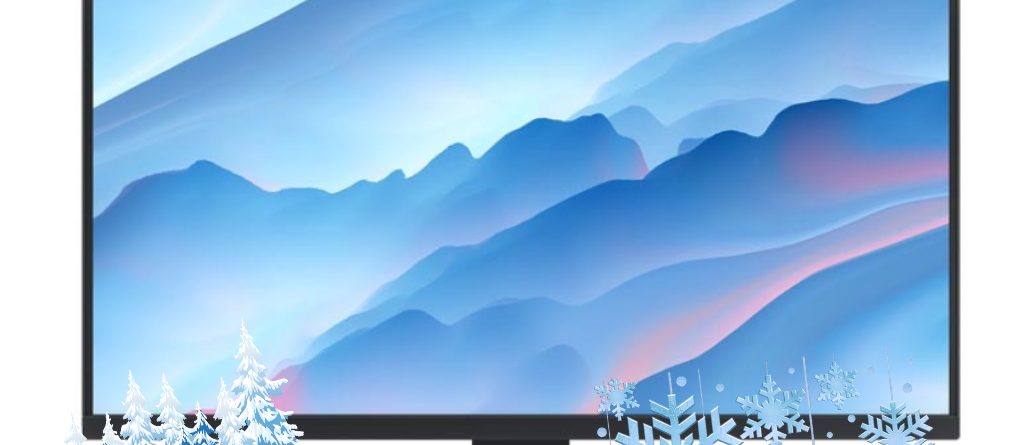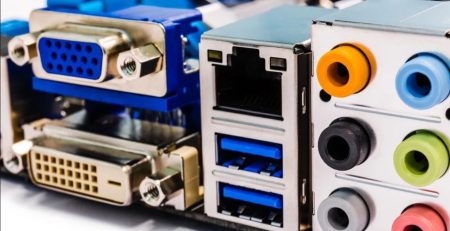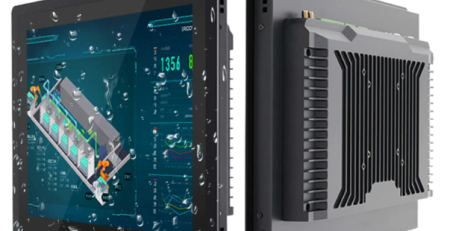With the rapid development of modern industry, in the field of industrial displays, the performance requirements for instrumentation are constantly increasing. In particular, industrial equipment to be operated in extremely cold environments, the operating temperature of the liquid crystal screen has put forward more demanding requirements. In order to meet these special needs, LTPS LCD technology came into being.
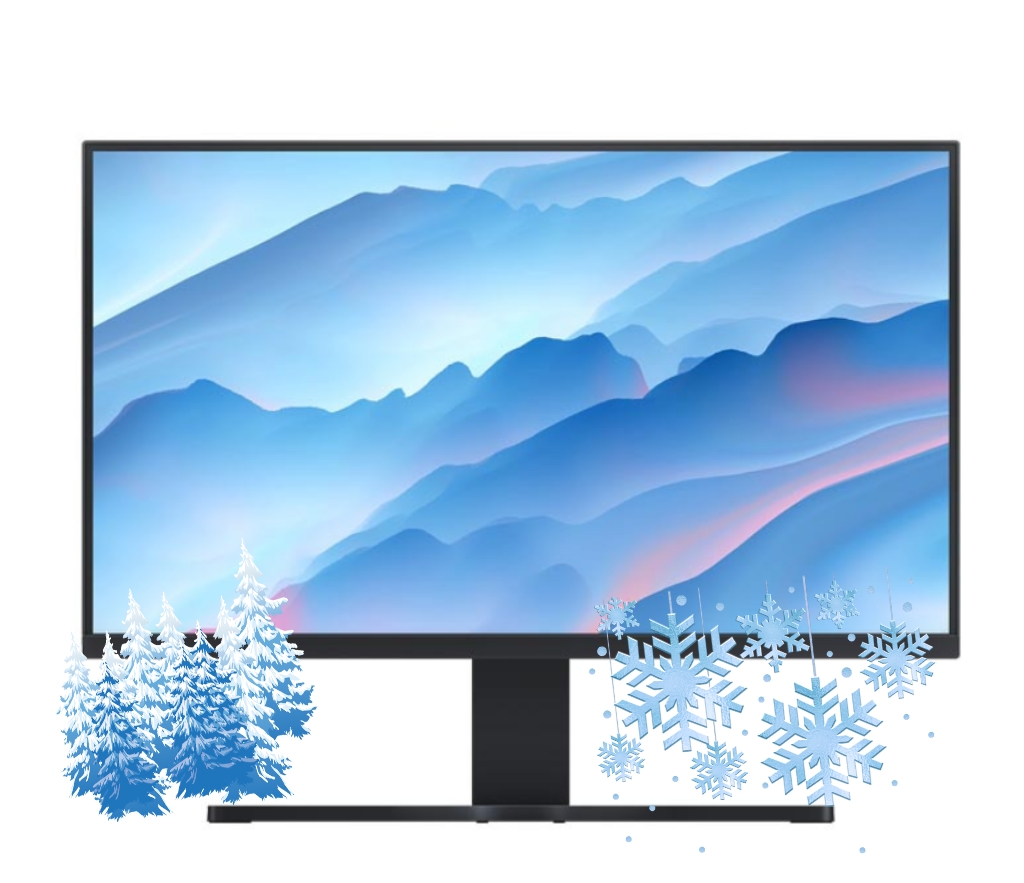
What’s the lowest operating temperature LTPS LCD screen ?
Low-Temperature PolySilicon LCD or simply “LTPS LCD”. This technology uses Low-Temperature PolySilicon as the material for the thin film transistor, which is able to provide higher resolution and faster response time, and this technology supports the normal operation of the LCD screen in a low-temperature environment. The minimum operating temperature of a low-temperature LCD screen is generally -40°C. This means that, in the cold winter, even in the arctic region, cryogenic LCD screen can still display information normally.
How does LTPS LCD screen work in at extremely cold environment?
First of all, the LTPS LCD screen using special materials and processes, this material can support the LCD screen at low temperatures to work normally. In addition, it is also designed to have a better low temperature performance. Because of its liquid crystal molecular structure is more stable, so in low temperature can still be arranged normally, to ensure the stability of the display quality. At the same time, low-temperature LCD adopts optimized backlight and driver circuitry to ensure that the low-temperature environment can still provide sufficient brightness and response speed, and the low-temperature LCD adopts optimized backlight and driver circuitry to ensure that the low-temperature environment can still provide sufficient brightness and response speed.
Secondly, the optimization of LTPS LCD screen in the material and process also makes it has a stronger cold resistance. Cryo-LCDs use low-temperature-adapted liquid crystal materials, which are specially formulated to ensure that they maintain good fluidity and optical properties at low temperatures so that they do not freeze under extreme cold conditions.
Next, the LTPS LCD screen using special backlight materials and a sealing process, can effectively isolate the impact of low-temperature environment on the screen. These materials can effectively protect the liquid crystal layer and electronic components inside the screen at low temperatures. At the same time, the heat dissipation design on the outside of the LCD screen avoids icing problems in low-temperature environments, and enhance the overall stability of the work.
Finally, the application of LTPS LCD screens is also very wide. For example, in the mining, industrial, aerospace, and other fields in the ice and snow zone, cryogenic LCD screens can provide critical information display functions to ensure the smooth operation of work. At the same time, in the cold winter, low-temperature LCD screen is also widely used in outdoor billboards, traffic signals, and other fields, to ensure the clear display of information.
Golden Margins –Entire Range of Touchscreen Products
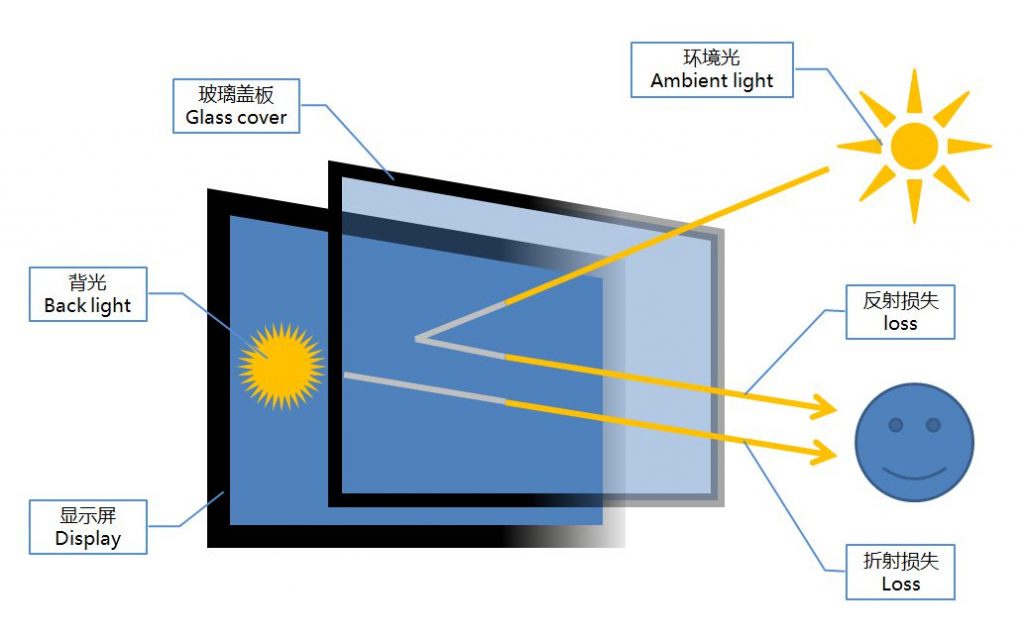
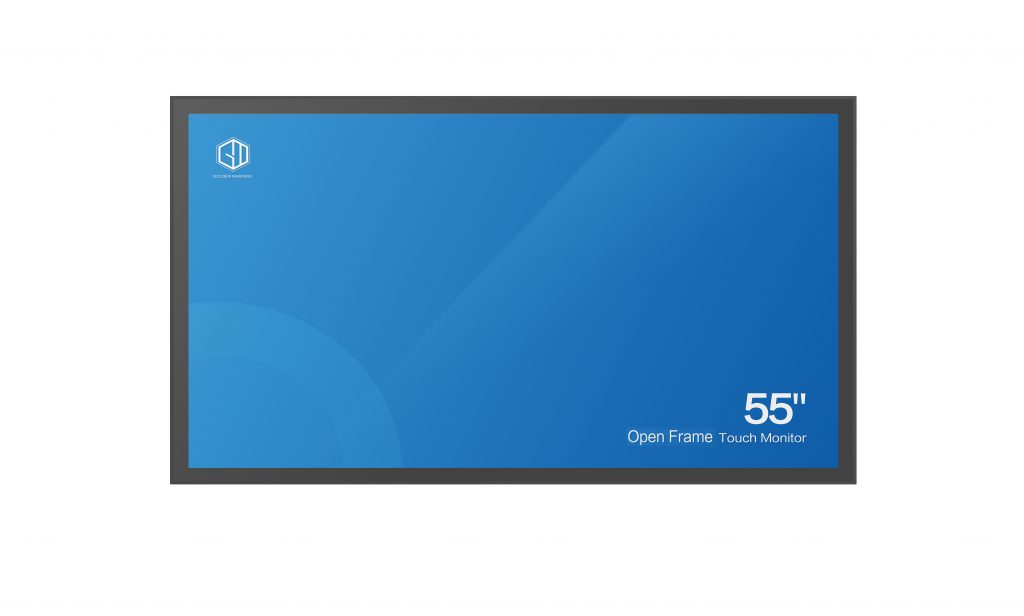
We hope you found these touchscreen or panel PC fundamentals informative. Goldenmargins offers a broad selection of Industrial Touchscreen Monitors and Touch Panel PCs in various sizes and configurations, including medical touch screens, sunlight-readable touch screens, open-frame touch screens, and waterproof touch panels, as well as other unique touch screen or panel PC designs. You can learn more about our services HERE or by calling us at +86 755 23191996 or sales@goldenmargins.com


